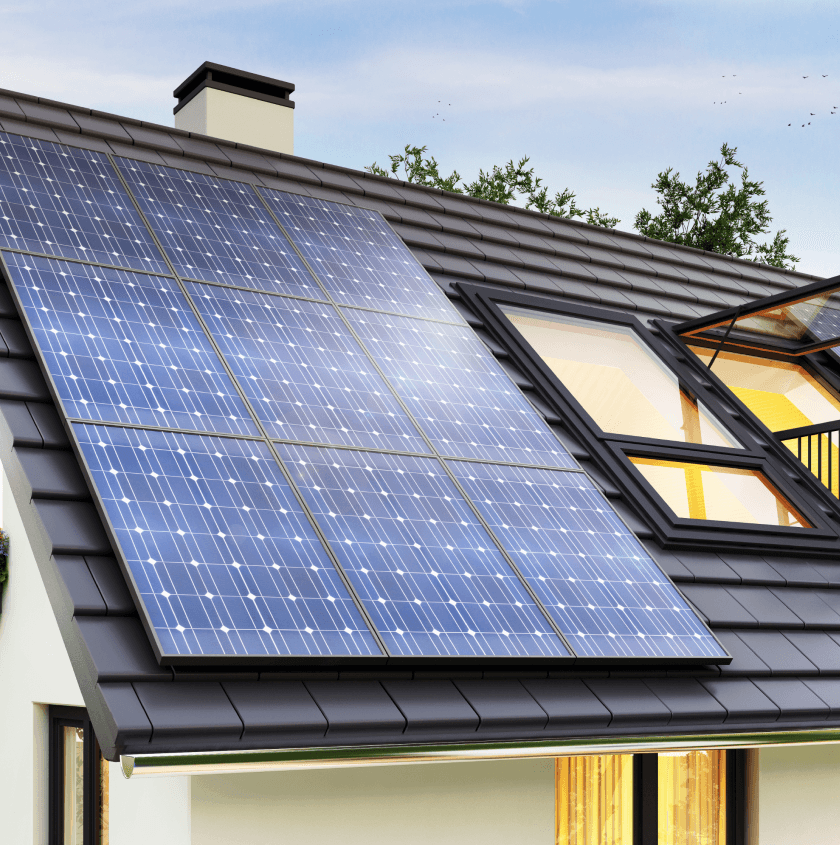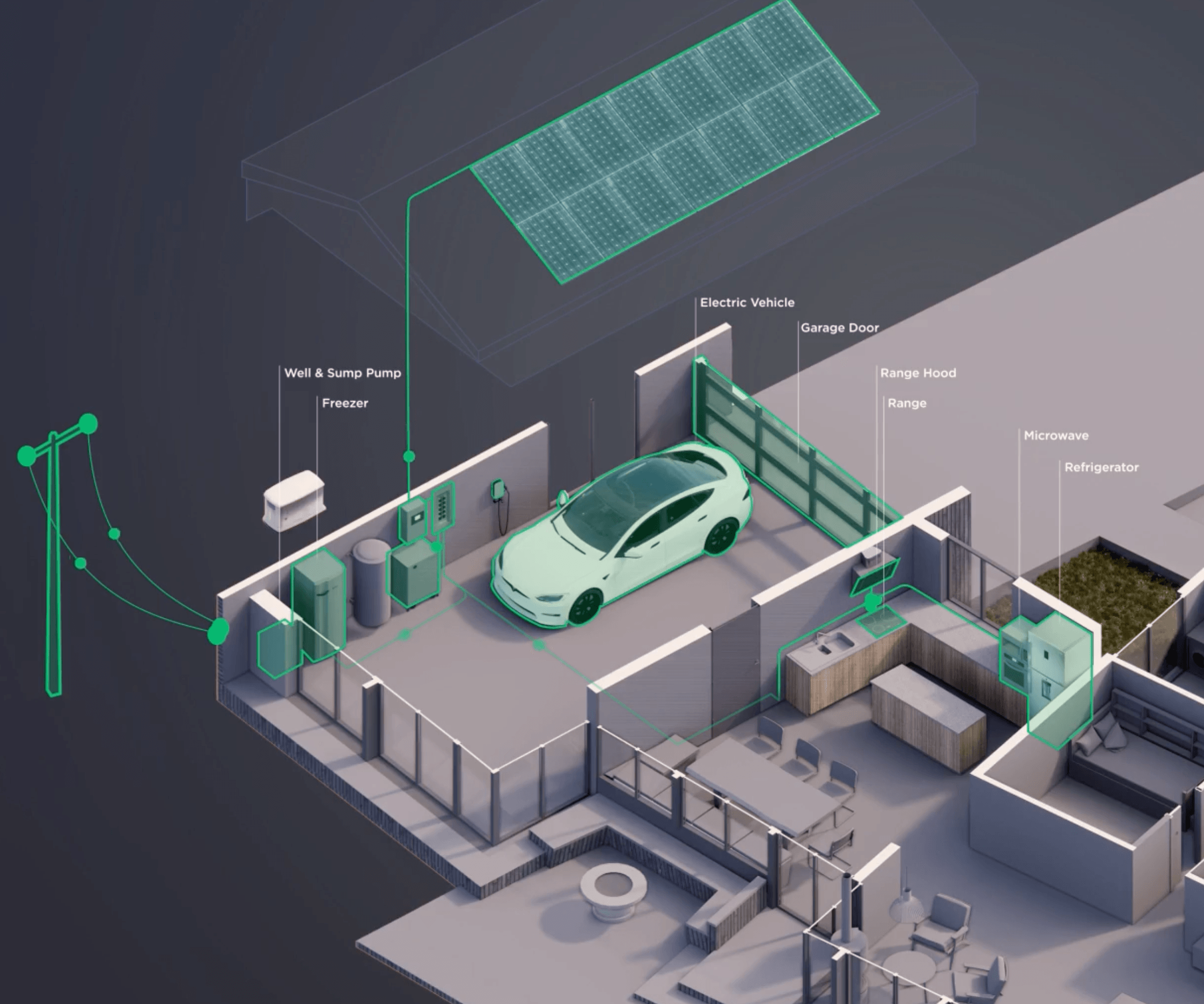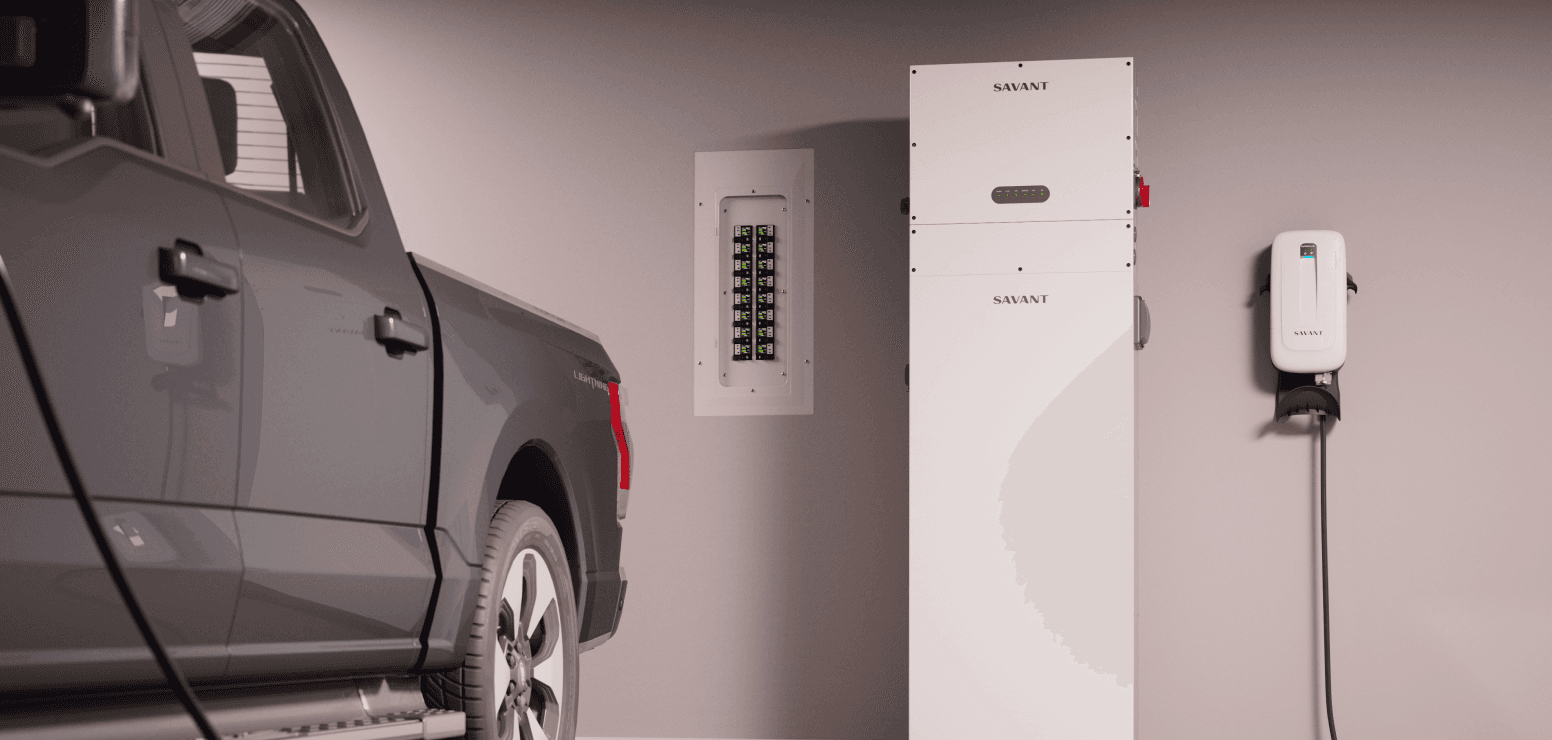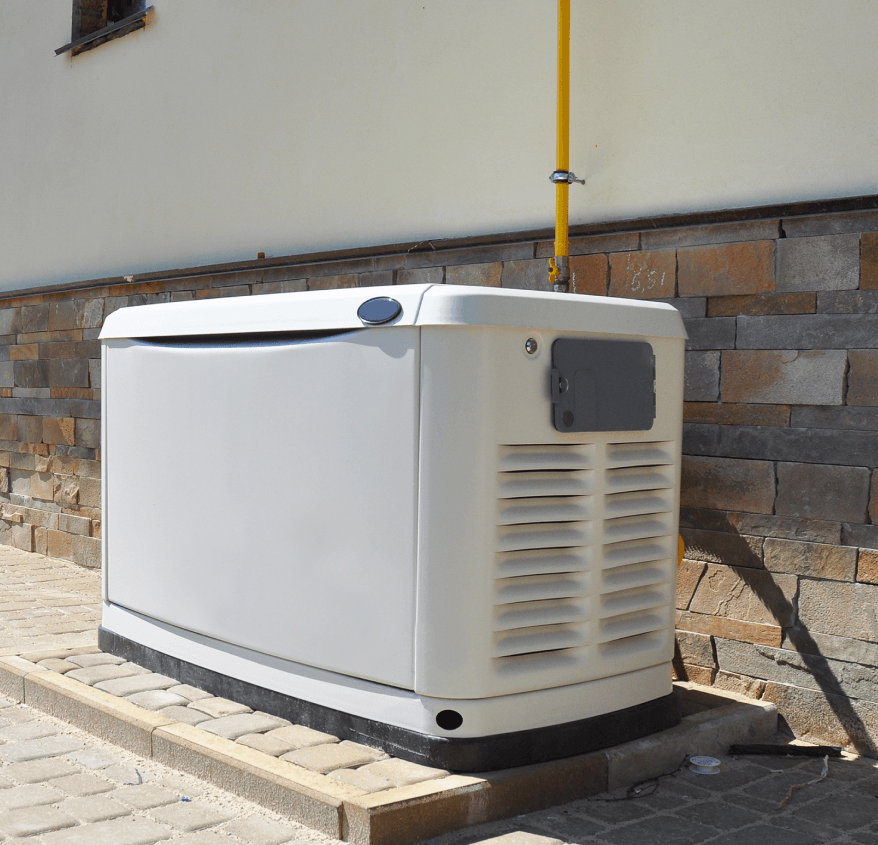THE ZERO ENERGY Rebate SYSTEM
The Convergence of Digital Intelligence with Solar & Batteries
WHAT REBATES CAN I GET?
Both the federal and state government offer a number of incentive programs, rebates, tax credits and special rates to homeowners. There can be up to 200 of these available at any one time. Understanding and leveraging these incentives can be crucial to achieving your energy goals.

THE FEDERAL SOLAR TAX CREDITS
Installing a home solar system is one of the best ways to reduce your carbon footprint and save money on your energy bills. If you’re thinking about going solar, the Inflation Reduction Act solar panel tax credit can make your installation more affordable.
The solar tax credit in 2024 is worth 30% of your total solar installation costs—if you spend $15,000 on your solar installation, you can reduce your federal tax liability by $4,500! It will be available from 2022 until 2032 and covers all types of solar installations, including rooftop solar, off-grid solar, and solar battery storage.
The Energy Efficient Home Improvement tax credit (25C) allows homeowners to claim a 30% tax credit (with annual limits that vary by service) on qualifying energy efficiency home improvements, including:
- Ducted heat pumps and ductless mini splits
- Heat pump water heaters
- Energy audits
- Energy efficient windows and doors
- Insulation and air sealing
- Electrical panel upgrades
Upgrades like these save energy, which reduces fossil fuel consumption and saves you money. Making energy efficient home improvements can also help you prepare for a home solar installation—the less energy you use, the fewer solar panels your home will need.

What Home Upgrades Qualify For The Energy Efficient Home Improvement Tax Credit?
As the name suggests, this tax credit is for upgrades being made to existing houses—not new construction projects. A wide range of energy efficiency measures qualify for the 30% credit. Broken into two separate categories, the first category has an annual limit of $1,200 and includes the following:
- Insulation and air sealing ($1,200 individual limit)
- Energy audits ($150 individual limit)
- Electrical panel upgrades ($600 individual limit)
- Energy efficient windows ($500 individual limit)
In the second category, there is a separate $2,000 annual limit (with no individual limits) on the following:
- Ducted heat pumps
- Mini-splits
- Heat pump water heaters

Tax Credits vs Tax Rebates. How do they work?
Tax credits are different from rebates. A rebate is usually either an instant deduction from your bill or a check that is issued to you as repayment after qualifying upgrades are made. A tax credit, on the other hand, reduces the amount of taxes you owe.
In the case of the Energy Efficient Home Improvement Tax Credit, you would claim the credit when you file your federal tax return for the year in which you made the upgrades. If you made your upgrades in 2023, you would claim the credit on your 2023 tax return, which most homeowners would file in March or April 2024.
To get the Energy Efficient Home Improvement Tax Credit, you will need to keep receipts for all of your upgrades. You (or your accountant) will then fill out IRS Form 5695 along with the rest of your tax return.

Tips to Maximize Tax Credits
Make your upgrades towards the end of the year. This will minimize the amount of time between when you have to pay the contractor and when you can get some money back in the form of a tax credit. Bundle incentives. As we mentioned earlier, tax credits aren’t the only incentives out there, and claiming the Energy Efficient Home Improvement Tax Credit doesn’t disqualify you from taking advantage of other rebates. In many instances, you can stack multiple incentives to maximize your savings.
Work with a qualified contractor. Make sure to work with a qualified contractor who is familiar with the Energy Efficient Home Improvement Tax Credit. They can help you choose the right upgrades and ensure that your project meets all of the requirements for the credit. Our free online directory connects California homeowners with vetted local contractors who specialize in electrification and energy efficiency upgrades, including all of the measures that qualify for the Energy Efficient Home Improvement Tax Credit.
- Battery Tax Credits: 30% + 10-20% Additional for certain Zip Codes.
- Non Profit New Tax Incentive: Click here